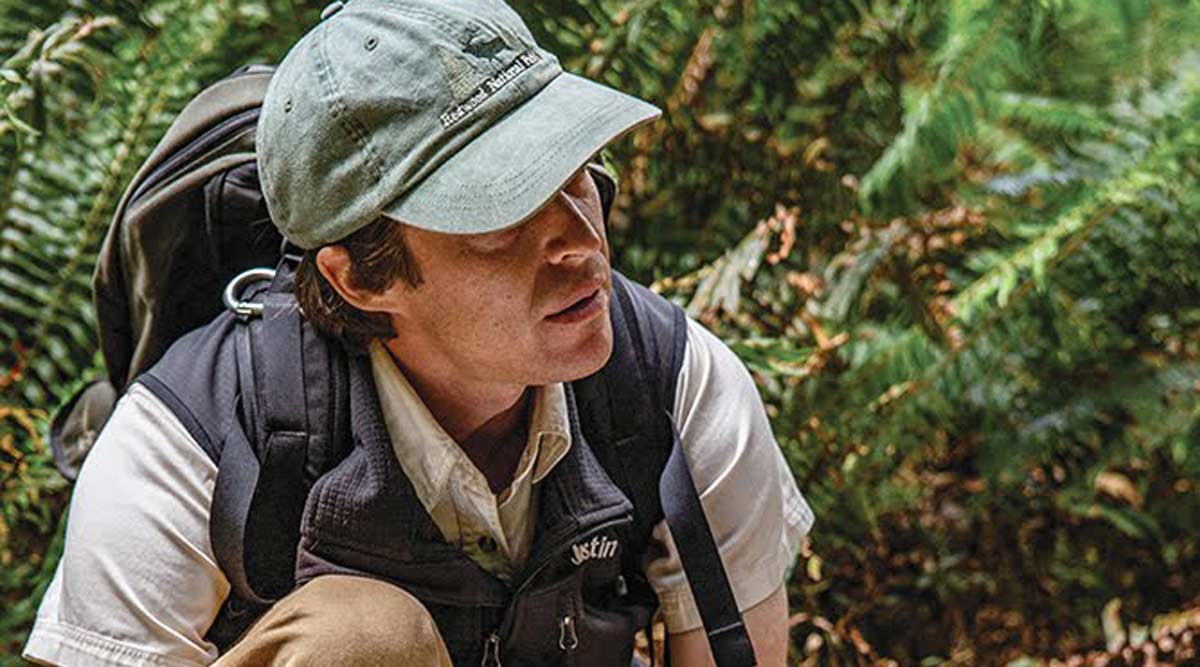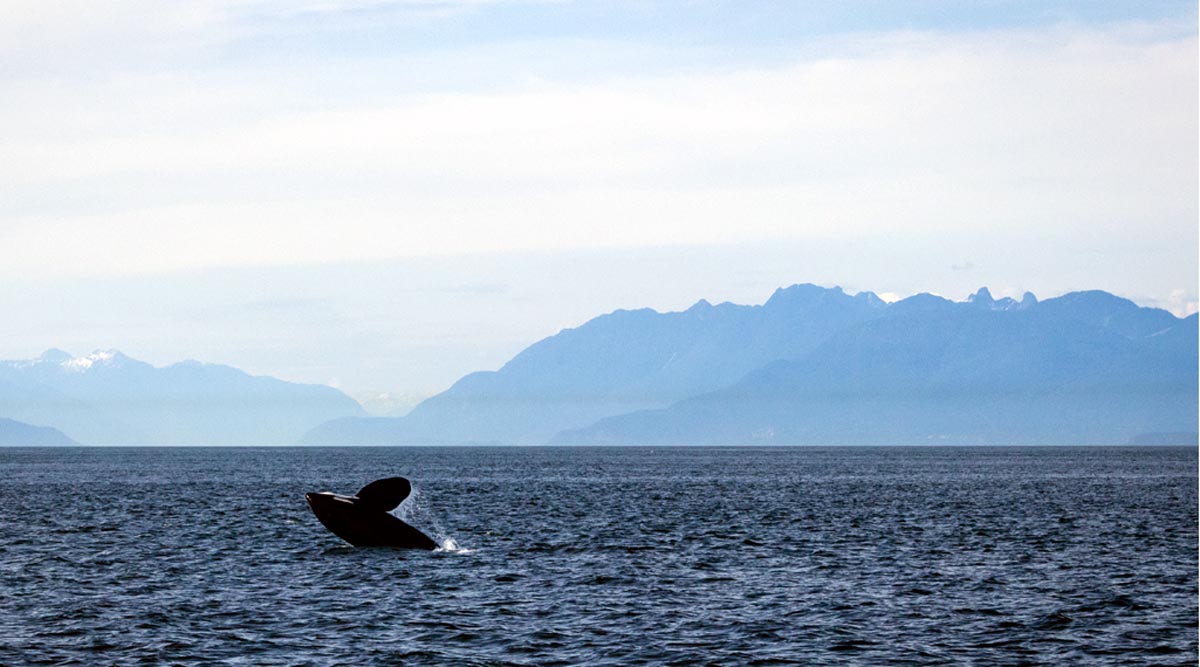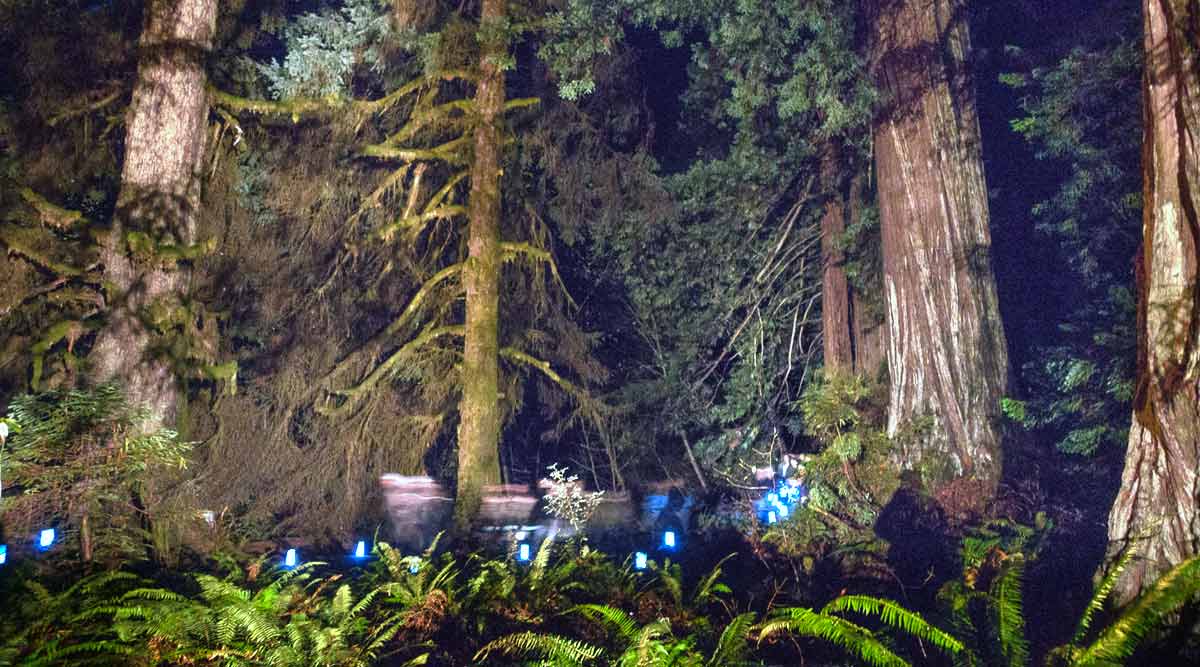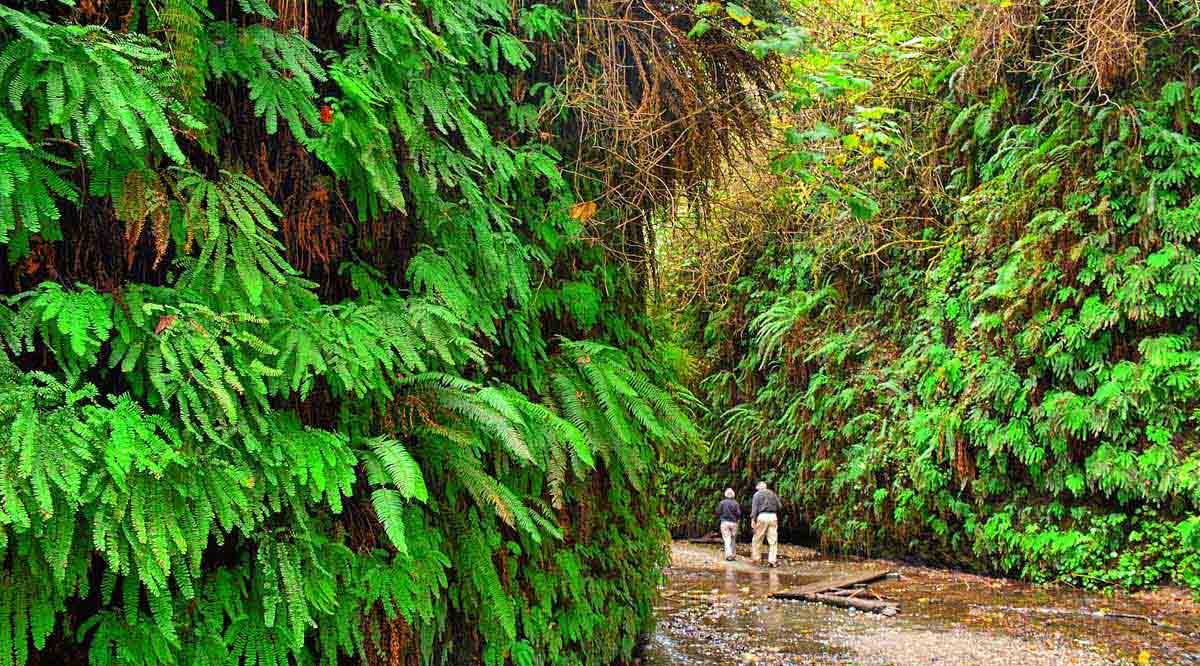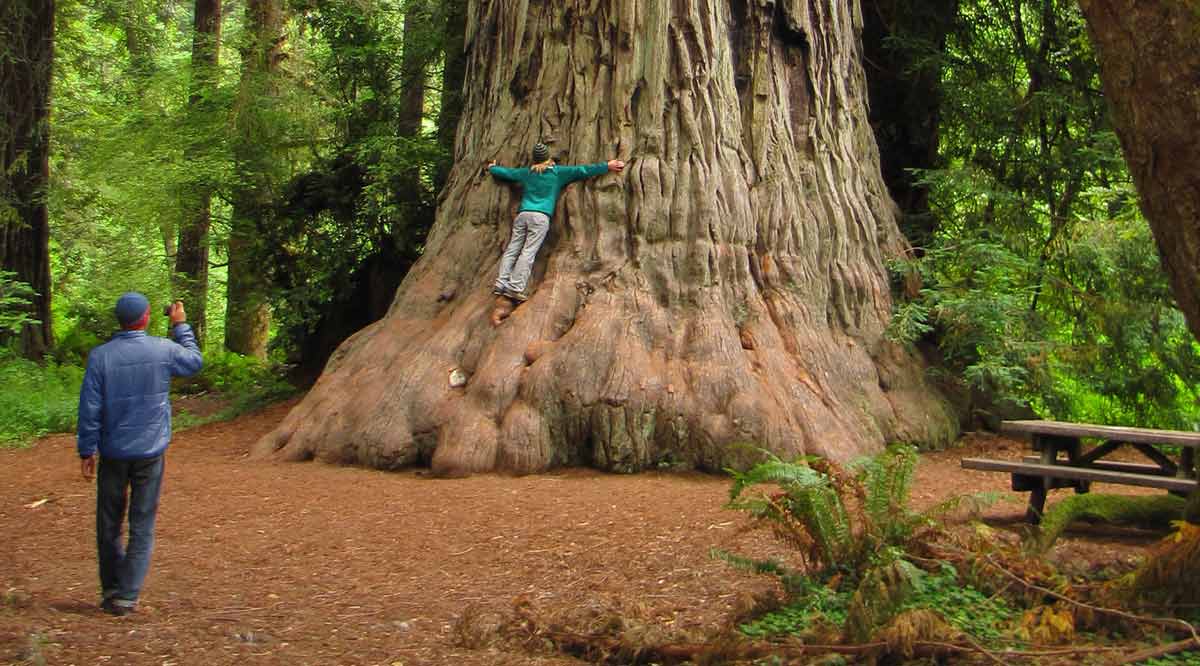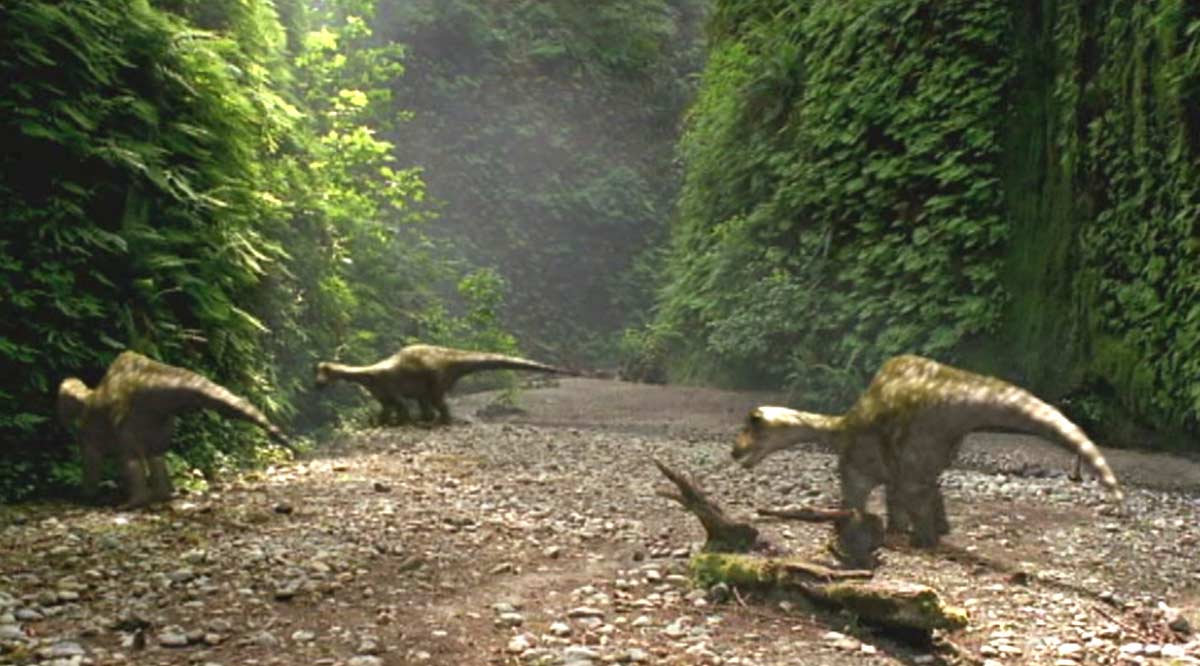Don’t run from the cool weather. Embrace it. Own it. Light it up by candlelight in the forest. Hike to a gushing waterfall. Or spy on seals along the mouth of a river. Here are three autumn adventures in Northern Humboldt County will will make the season pass like a cool breeze.
Redwoods by Candlelight
Fog or sunshine, which sky conditions provide the optimal view experience to marvel at the redwoods? Hard to say, with pros and cons for each. But there’s a third option gaining popularity: darkness.
For the 30th annual Candlelight Walk in the Redwoods, Prairie Creek Redwoods State Park will, due to public demand, host the event over two evenings, Friday and Saturday, Dec. 6 and 7. Doors will open at 5 p.m. in the visitor center, a shabby-chic cabin built by the Civilian Conservation Corps in the 1930s, just north of Orick.
After snacks, a raffle and silent auction to benefit the park, the luminary-lit processions will proceed at 6 p.m., on an easy ¼-mile level path to the campfire ring, for tales as tall as the trees. Please leave your candles and dogs at home. Advance reservations, which begin Nov. 1, are highly recommended ($10, free to kids 12 and under). Rain or shine. Call (707) 465-7327 or visit www.redwoodparksconservancy.org.
Trillium Falls
With star attractions like big trees, Roosevelt elk and Fern Canyon, Redwood National and State Park visitors often overlook a fourth natural star, the Trillium Falls Trail, which features deciduous and redwood forests, Pacific rhododendron, plenty of Western trillium — one of the foremost wildflowers on the North Coast — and patches of giant trillium, in the spring.
But the real showcase of the moderate trail loop, which rises and falls and switches back and forth over 3 miles, is Trillium Falls, the largest and most beautiful in the parks, which really shows off in the fall rains. A steel bridge over Prairie Creek offers an excellent view of the boulder-strewn cascade.
To start the walk to the water from U.S. Highway 101 just north of Orick, go west on Davison Road at the Elk Meadow Day Use Area, then take a quick left to the parking area, which has restrooms, picnic tables and, sometimes, a herd of resting elk. Start at the trailhead at the southern end and tiptoe around said antlered layabouts if present.
Hammond Trail
Lastly, do Humboldt like the locals do — they selected the Hammond Trail, a 5-mile section of the California Coastal Trail between Arcata and McKinleyville, as the best place to walk, jog and bike in one reader poll. Besides two-wheeled riders, the path, which meanders along a river, estuary, beaches, forests and sand hills, welcomes riders on four hooves.
It begins in the Arcata Bottoms at the old steel bridge, retired to trains but open to pedestrians. Look down at the Mad River and you may see people and sea lions alike chasing the same schools of fish. Go north and stop at the market near Widow White Creek and School Road for refreshments. A bit farther north, turn the kids loose on the playground at Hiller Park. Or near the northern end of the trail, which climaxes with panoramic views of Clam Beach. Hop down a Billy goat trail into the coastal meadow for a closer look at harbor seals lounging about by the hundreds around the Mad River mouth.
From the Humboldt Insider Fall 2019 edition.

